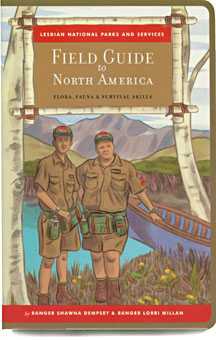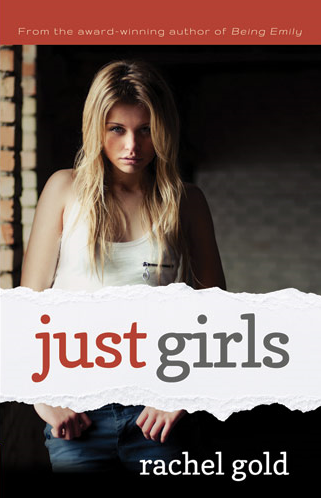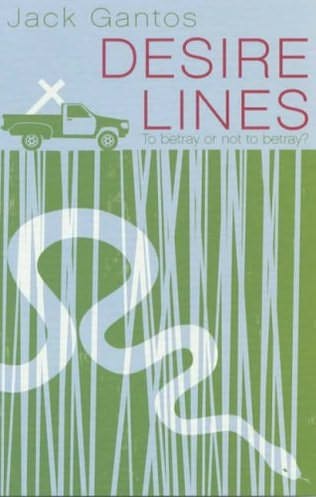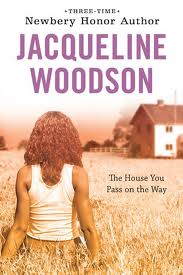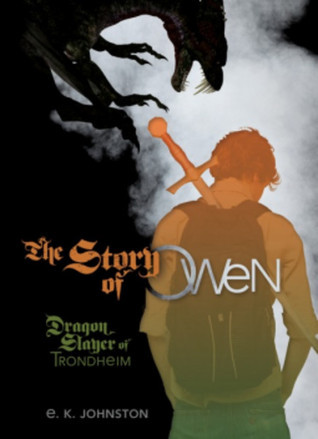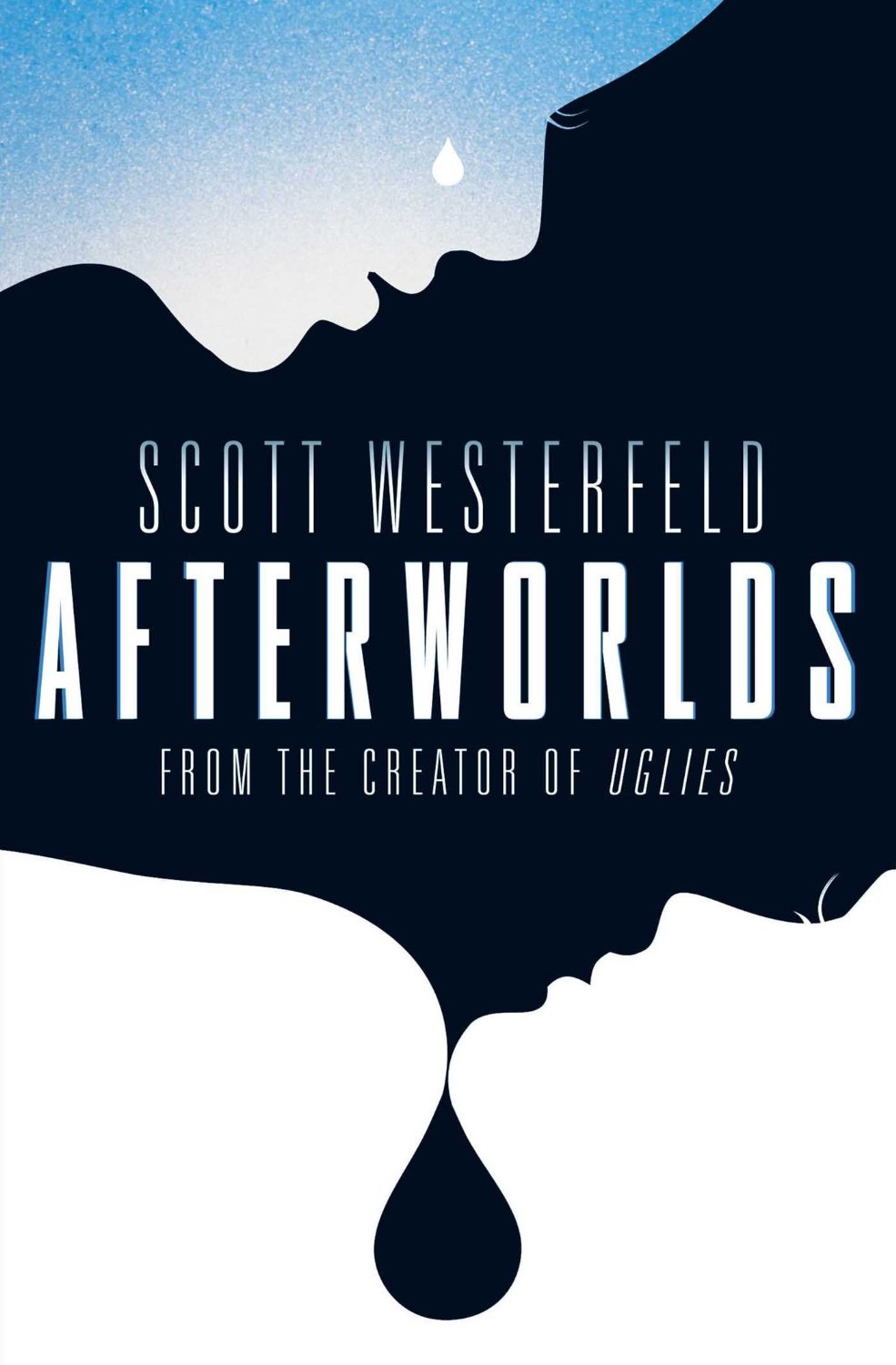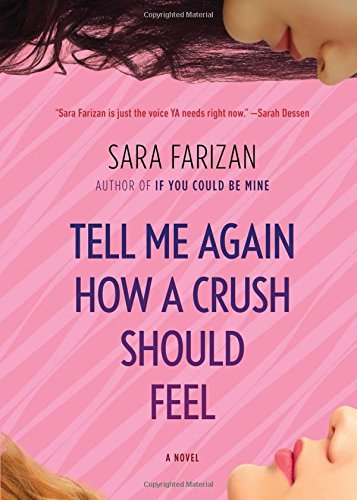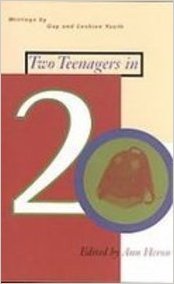I’ve always thought that coming out should be received with, at the least, a gift basket. We’re inundated with straight cis norms, culture, history, and media from birth, but finding the queer equivalents takes some searching, and it can be daunting without a field guide. As anyone who has gone searching for lesbian movies So this gift basket would provide the basics: a couple choice movies (I vote DEBS, I Can’t Think Straight, and Saving Face, personally), a few key books, some business cards to point you to the right websites, brochures for local queer resources, and a handful of fun paraphernalia. Maybe a t-shirt. But the more I thought about it, the more I realized that there would need to be different variations depending on the person coming out, even just where the books were concerned. Is this a teenage bibliophile who’s newly out, or one that’s not much of a reader? Or are they in their twenties? Forties or up? Each would require a different set of information. But all the books would have to drive home two crucial points:
- Being queer isn’t a sentence to misery. No unhappy endings, at least not at the stage of the game. (The Well of Loneliness is off the table.)
- LesBian* books can be just as good as straight ones. Just as literary, just as funny, just as romantic, just as enjoyable.
So here’s my vote for the top five books I would give a newly out teenage lesBian. 
1) The Miseducation of Cameron Post by emily m. danforth. This is my favourite lesBian teen book, and though arguably it may be darker than point #1 would advise (it begins with Cam’s parents’ deaths, and part of the book is set in a “conversion therapy” aka “pray away the gay” camp), it is also complex, beautiful, and honest. It’s one of my favourite books I’ve ever read, so I had to give it a place here.
 2) Rubyfruit Jungle by Rita Mae Brown. This was the book that sent me on my own lesBian literary journey. It was written in the 70s and follows Molly through her adolescence. What I loved about this book was Molly’s strength as a character, her complete unapologetic truth. This is often considered part of the lesBian book “canon,” and it’s nice to have a taste of lesBian literary history.
2) Rubyfruit Jungle by Rita Mae Brown. This was the book that sent me on my own lesBian literary journey. It was written in the 70s and follows Molly through her adolescence. What I loved about this book was Molly’s strength as a character, her complete unapologetic truth. This is often considered part of the lesBian book “canon,” and it’s nice to have a taste of lesBian literary history.
3) Tipping the Velvet by Sarah Waters. Sarah Waters is my favourite author, and this is her first work. It’s a “lesbo-Victorian romp” which follows the main character, Nan, on a queer and twisting journey. It reveals all sorts of lesBian lives in the Victorian era, and it’s just so much fun to read. Despite Nan going through a lot of difficult things, Tipping the Velvet has such joy in it (which is why I’m recommending it over Fingersmith, which is also excellent). 
4) Adaptation by Malinda Lo. I’ve raved about how much I love this duology plenty of times on the Lesbrary, but I think this is a great addition because it shows that not only can lesBian books be literary and moving, they can also be exciting! Adaptation is a great pick for dystopian fans, and it has a lot of action, but it also has some great progressive ideas that would have been game-changing for me as a teen.
5) And to be honest, the fifth book would depend on the person. Really, I’m desperately looking for the lesBian equivalent of Boy Meets Boy by David Levithan, because that book is the kind of cotton candy, rosy vision of queer adolescence that can be so comforting when you first come out. But failing that, I would tailor this last one to their interests. Fairy tale fan? Ash by Malinda Lo or Kissing the Witch by Emma Donoghue. Vampire lover? The Gilda Stories by Jewelle Gomez. Video game fan? Just Girls by Rachel Gold. Zombie enthusiast? Eat Your Heart Out by Dayna Ingram. Like a tearjerker? Starting From Here by Lisa Jenn Bigelow. There are too many options.
What would your top five books be to give to a newly out teen lesBian? I still haven’t found the perfect fifth book to complement the others. I also see that this list is more white than I would like, so I’d especially like suggestions for PoC lesBian books.
*I’m using lesBian to signify lesbian and bi women.

